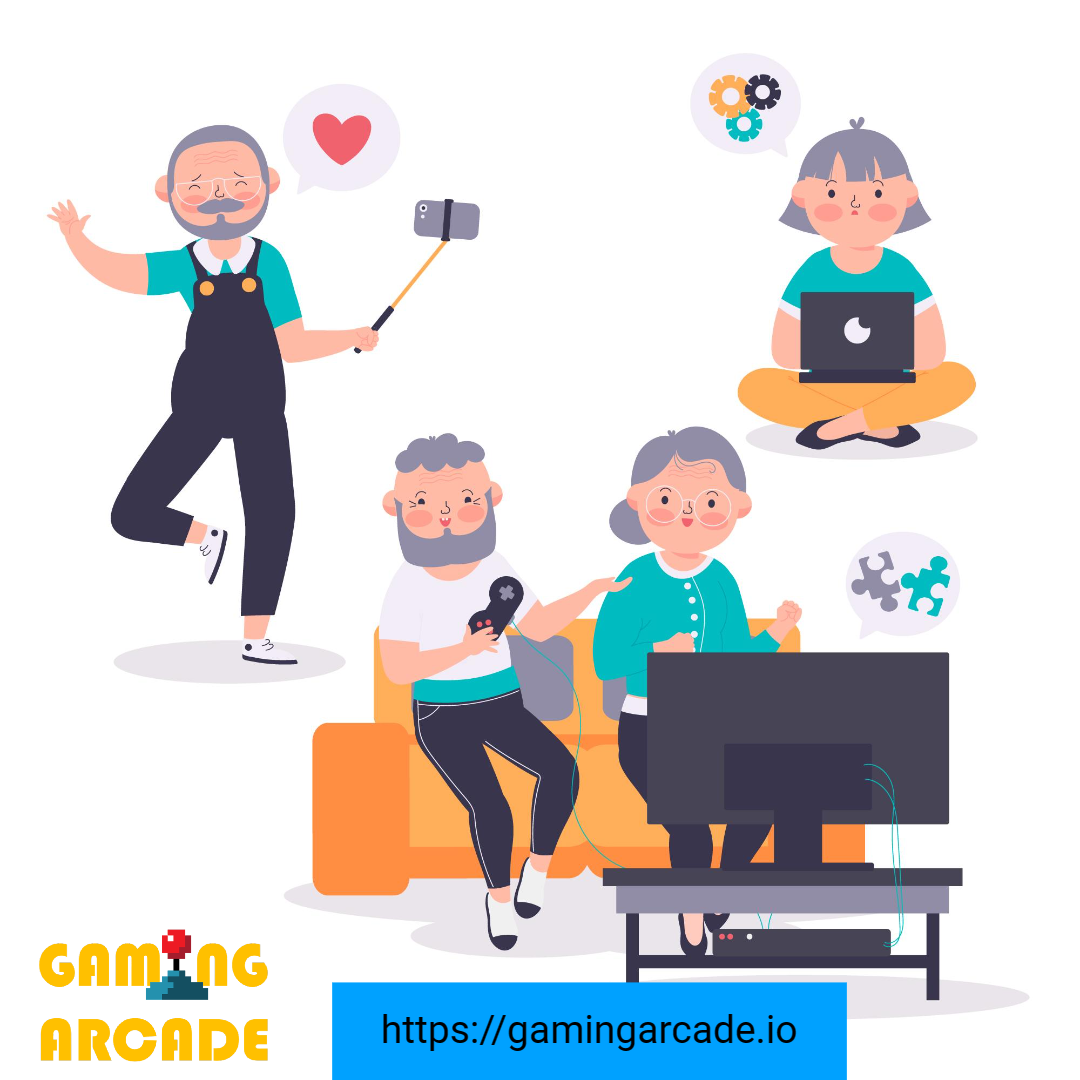Welcome to our blog post on age restrictions in gaming! In today’s digital age, where gaming has become a popular form of entertainment, it is crucial for game developers and platforms to implement age restrictions. These restrictions are designed to protect younger players from accessing content that may be unsuitable for their age group.
Why Age Restrictions are Important in Gaming
Age restrictions play a vital role in ensuring the well-being and safety of young gamers. By implementing these restrictions, game developers can prevent children from being exposed to inappropriate content, such as violence, explicit language, or graphic imagery. Moreover, age restrictions help to maintain the integrity of the gaming experience, ensuring that players are engaging with content that is suitable for their level of maturity.
Current Age Restrictions in Gaming Platforms
Most gaming platforms have recognized the importance of age restrictions and have implemented them as part of their guidelines. For instance, popular platforms like Steam, PlayStation Network, and Xbox Live have age rating systems in place. These systems categorize games into different age brackets, such as «Everyone,» «Teen,» «Mature,» and «Adults Only,» making it easier for users to identify games that are appropriate for their age.
 There are limits on the amount of money I can earn
There are limits on the amount of money I can earnTips for Implementing Age Restrictions in Your Game
If you are a game developer looking to implement age restrictions in your game, here are some tips to consider:
- Research age rating systems: Familiarize yourself with existing age rating systems, such as the Entertainment Software Rating Board (ESRB) or Pan European Game Information (PEGI). Understanding these systems will help you determine the appropriate age restriction for your game.
- Consider the content: Assess the content of your game and determine its suitability for different age groups. Take into account factors such as violence, language, sexual content, and drug references.
- Clearly communicate the age restriction: Ensure that the age restriction is clearly stated and visible to users. This can be done through in-game notifications, age verification prompts, or prominently displaying the age rating on your game’s cover art or description.
- Regularly update age restrictions: As your game evolves and new content is added, it is important to reassess and update the age restrictions accordingly. This will help ensure that your game remains suitable for its intended audience.
Benefits of Age Restrictions in Gaming
Implementing age restrictions in gaming brings several benefits to both game developers and players:
- Protecting young players: Age restrictions help to shield younger players from potentially harmful or inappropriate content, creating a safer gaming environment.
- Enhancing user experience: By ensuring that players are engaging with content that is suitable for their age, age restrictions contribute to a more enjoyable and immersive gaming experience.
- Compliance with regulations: In many jurisdictions, there are legal obligations for game developers to implement age restrictions. By adhering to these regulations, developers can avoid legal consequences and maintain a positive reputation.
Conclusion
Age restrictions are crucial in the gaming industry to protect young players and maintain the integrity of the gaming experience. By implementing age restrictions and following best practices, game developers can create safer and more enjoyable gaming environments for players of all ages.
Hey! This content may interest you What are the best ways to promote my gaming content?
What are the best ways to promote my gaming content?Frequent Questions
1. What are the consequences of not implementing age restrictions in gaming?
Failure to implement age restrictions can have serious consequences. It can expose young players to inappropriate content, potentially leading to negative psychological and emotional effects. Moreover, it can result in legal consequences, damage to a game’s reputation, and loss of player trust.
2. How can I determine the appropriate age restriction for my game?
To determine the appropriate age restriction for your game, research existing age rating systems and consider the content of your game. Assess factors such as violence, language, sexual content, and drug references. Consulting with experts in the field or seeking feedback from focus groups can also be helpful in making an informed decision.
3. Are there any legal obligations for implementing age restrictions in gaming?
Yes, in many jurisdictions, there are legal obligations for game developers to implement age restrictions. These obligations aim to protect minors from accessing inappropriate content. It is important to familiarize yourself with the relevant laws and regulations in your jurisdiction to ensure compliance.
Hey! This content may interest you What security measures are taken to protect my data and profits
What security measures are taken to protect my data and profits4. How can I effectively communicate age restrictions to users?
There are several ways to effectively communicate age restrictions to users. Some common methods include in-game notifications, age verification prompts, and prominently displaying the age rating on your game’s cover art or description. Clear and visible communication is key to ensure that users are aware of the age restrictions before accessing the game.
